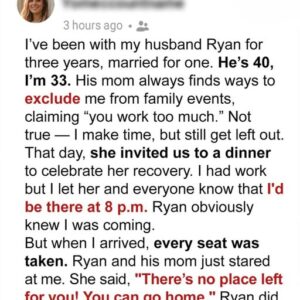Operation Midnight Hammer: The Covert Mission That Shook the Middle East
President Trump confirmed the U.S. destroyed three Iranian nuclear sites—Fordow, Natanz, and Esfahan—via “Operation Midnight Hammer,” the largest B-2 bomber mission in history. The 18-hour, top-secret strike used stealth bombers, decoys, and submarine-launched Tomahawks, hitting Iran without warning.
Launched from Missouri under radio silence, the seven B-2s dropped 14 bunker-busting MOPs, targeting fortified nuclear tunnels. Meanwhile, a submarine salvo crippled Esfahan’s surface infrastructure. In total, over 125 aircraft supported the strike, coordinated by multiple U.S. commands.
The Pentagon claims Iran’s nuclear capability was “obliterated,” though Iran downplayed the damage. Still, Tehran fired 20 missiles at Israel and hinted at closing the Strait of Hormuz, escalating tensions.
Critics in Congress questioned the legality of the operation, citing lack of authorization and unclear intelligence. Supporters, however, hailed it as a powerful show of deterrence.
Operation Midnight Hammer highlights a new era of warfare—multi-domain, deceptive, and swift. It may have delayed Iran’s nuclear ambitions, but the long-term consequences—retaliation or renewed diplomacy—remain uncertain.
This mission could redefine U.S. deterrence in the region, showing that American power can reach anywhere, anytime—without warning.





